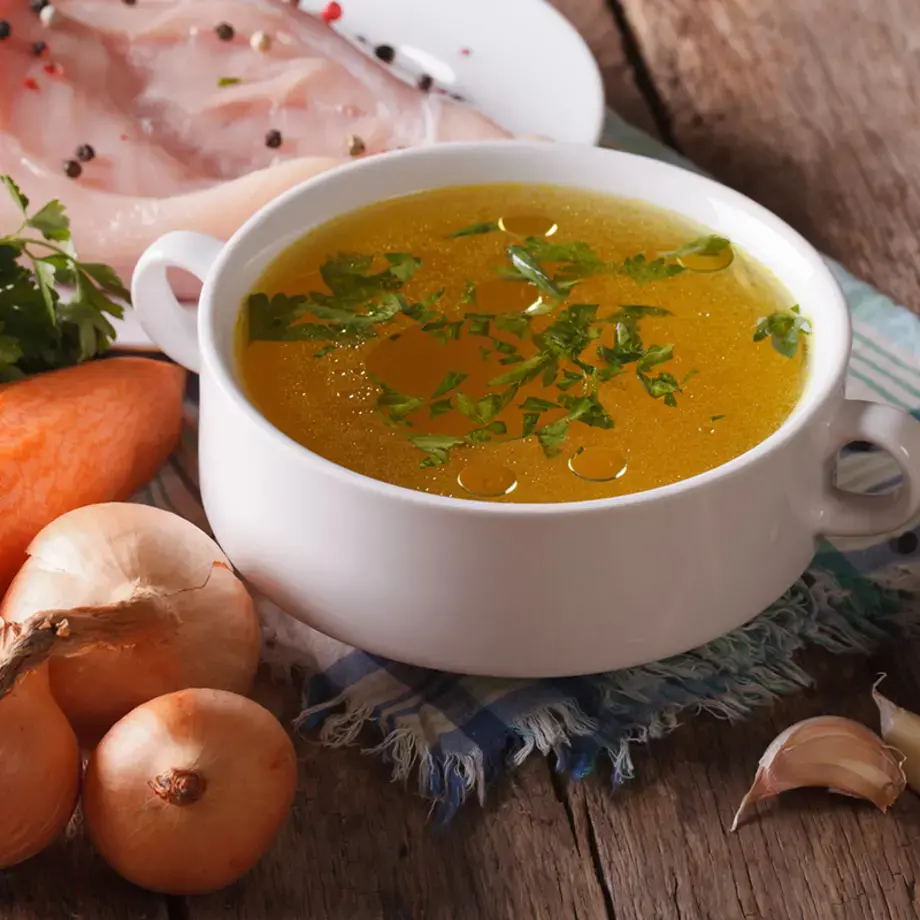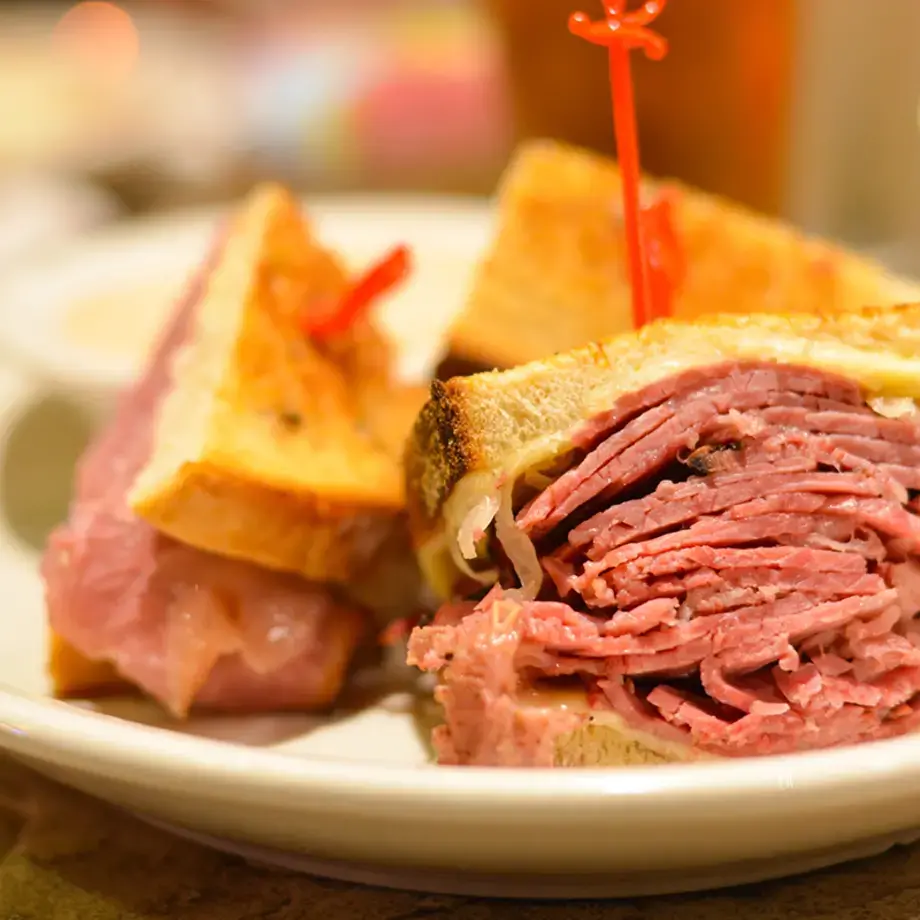For most people, eating raw eggs is associated with bodybuilders, fitness enthusiasts, and training montages from '80s sports movies. But when you think about it, there are quite a few recipes that call for raw eggs. Think mayonnaise, steak tartare, and even some chocolate mousse recipes. So even if you’re not Arnold Schwarzenegger or Sylvester Stallone, you could find yourself wanting to eat something that’s made with raw eggs, and if you do, you’ll want to make sure those eggs are safe to eat.
Why pasteurise eggs?
Raw eggs can carry a dangerous strain of bacteria called Salmonella. Salmonella is usually found on the outside of the eggshell, and is transferred to the edible parts of the egg once it has been cracked. On some occasions, however, it has been detected in the white and yolk of a completely intact egg, so even freshly-cracked eggs may not be safe.










